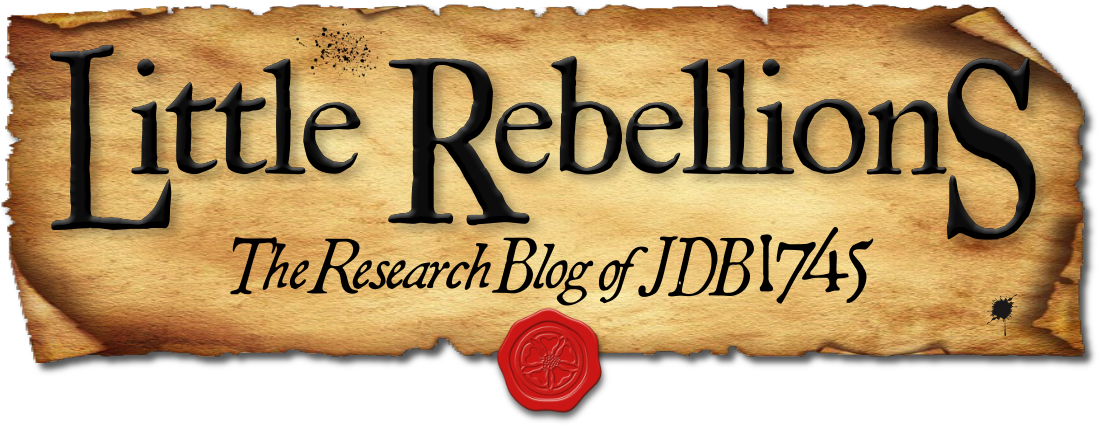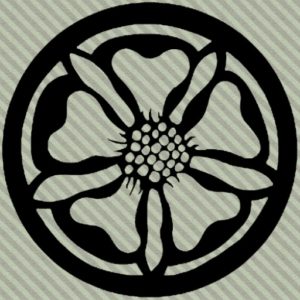To effectively quell the martial threat of the last Jacobite rising in 1745-6, Hanoverian government officials and British military personnel worked together to wage a systematic campaign of disarmament, capture, and prosecution against a mercurial enemy. Their goal, of course, was to identify and punish the most notorious and active rebels for sedition and high treason against the Crown. But it quickly became apparent that there was no possibility enough prison space could be requisitioned to hold the sheer number of alleged Jacobites, both soldiers and civilians, who were brought in upon suspicion or in active rebellion during the nine months of the conflict. British gaol keepers were similarly beleaguered in the aftermath of the 1715 Rising, when as many as 2000 prisoners needed space and subsistence while the process of prosecution played out. In 1745-6, the Jacobite army was significantly smaller, yet well over 3500 suspected persons were immured within a prison system that had not been notably improved or expanded in the preceding thirty years.1
Tag: civilizing
Our last post explored some examples of the Highland cantonment schemes proposed by British government officials after Culloden, their locations largely selected based upon a combination of local banditry, general lawlessness, and noted recalcitrance toward the policies of the Whig administration of George II – defiance often manifested by varying levels of Jacobitism. Some of the loyalists who were responsible for influencing the creation of these garrisons had witnessed the violence and disorder firsthand – like Donald Campbell of Airds, whose own property was savaged, ironically, by soldiers of the British army.1 Nonetheless, the unpredictable and complex lattice of malleable alliances, divergent loyalties, and partisan politics in certain remote areas of Scotland essentially guaranteed that some kind of official program of regulation would be instituted after the brutal coda of yet another armed rising.2
Access and control were collectively the name of the government’s game in eighteenth century Scotland. The Western Highlands bore the brunt of unconscionable retaliation and enforcement after Culloden not because it provided the largest number of rebels who bore arms (it did not), but because it was so difficult to regulate due to the remoteness of its communities and the severity of its weather and terrain. While the isolated villages and steadings in many regions of the Highlands provided distance and shelter for their occupants, that same isolation also enabled heritable chiefs to maintain control of their clans with little interference, as well as allowing currents of Catholicism to endure within a rapidly reforming Scottish populace.3 ‘The old way of life’ may have been desirable for some heritors, but plenty of others were progressive improvers with interests in both imperial ventures and global mercantile investments.4 This alone adequately disproves the popular myth that the Forty-five was a conflict of atavism versus progress.
Much of the enduring memory and emotion of the final, failed Jacobite challenge blooms from the British government’s retributive and bloody response in the aftermath of Culloden. In what Allan Macinnes calls the ‘exemplary civilizing’ of remote areas of Scotland, a calculated campaign of violent suppression was waged upon recalcitrant communities whether or not they were directly involved in active rebellion.1 Whether tantamount to genocide, as some scholars have argued, the cantonment schemes established in Culloden’s wake and the retaliatory expeditions against communities singled out by government intelligence networks undeniably had a disastrous effect upon ‘Scottish Highland’ culture, though these depredations were not by any means meted out only in the Highlands.
© 2025 Little Rebellions
Modified Hemingway theme by Anders Noren — Up ↑







